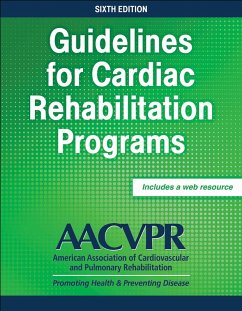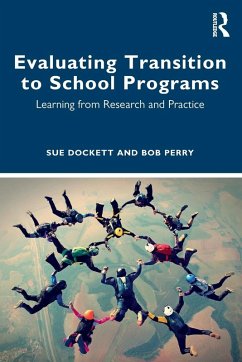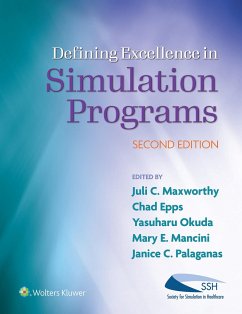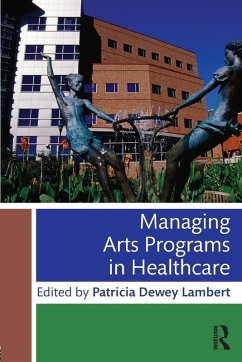Nicht lieferbar
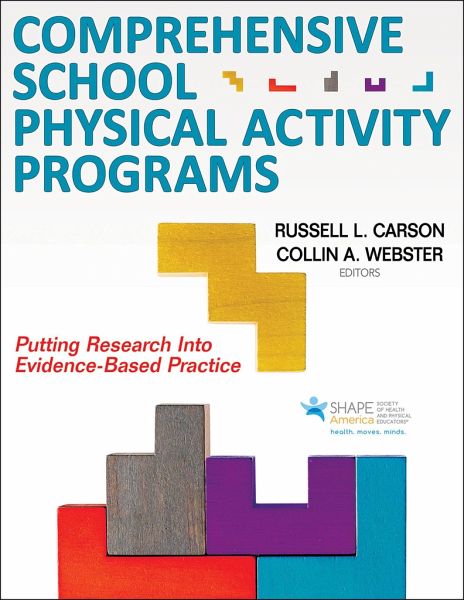
Comprehensive School Physical Activity Programs
Putting Research into Evidence-Based Practice
Herausgeber: Webster, Collin A.; Carson, Russell
Versandkostenfrei!
Nicht lieferbar
An all-in-one resource that synthesizes the research, theory, and practice on comprehensive school physical activity programs. Also delves into assessment, evaluation, advocacy, policy, partnerships, technology, and more. Suitable for K-12 teachers, PETE faculty and students, and researchers.






